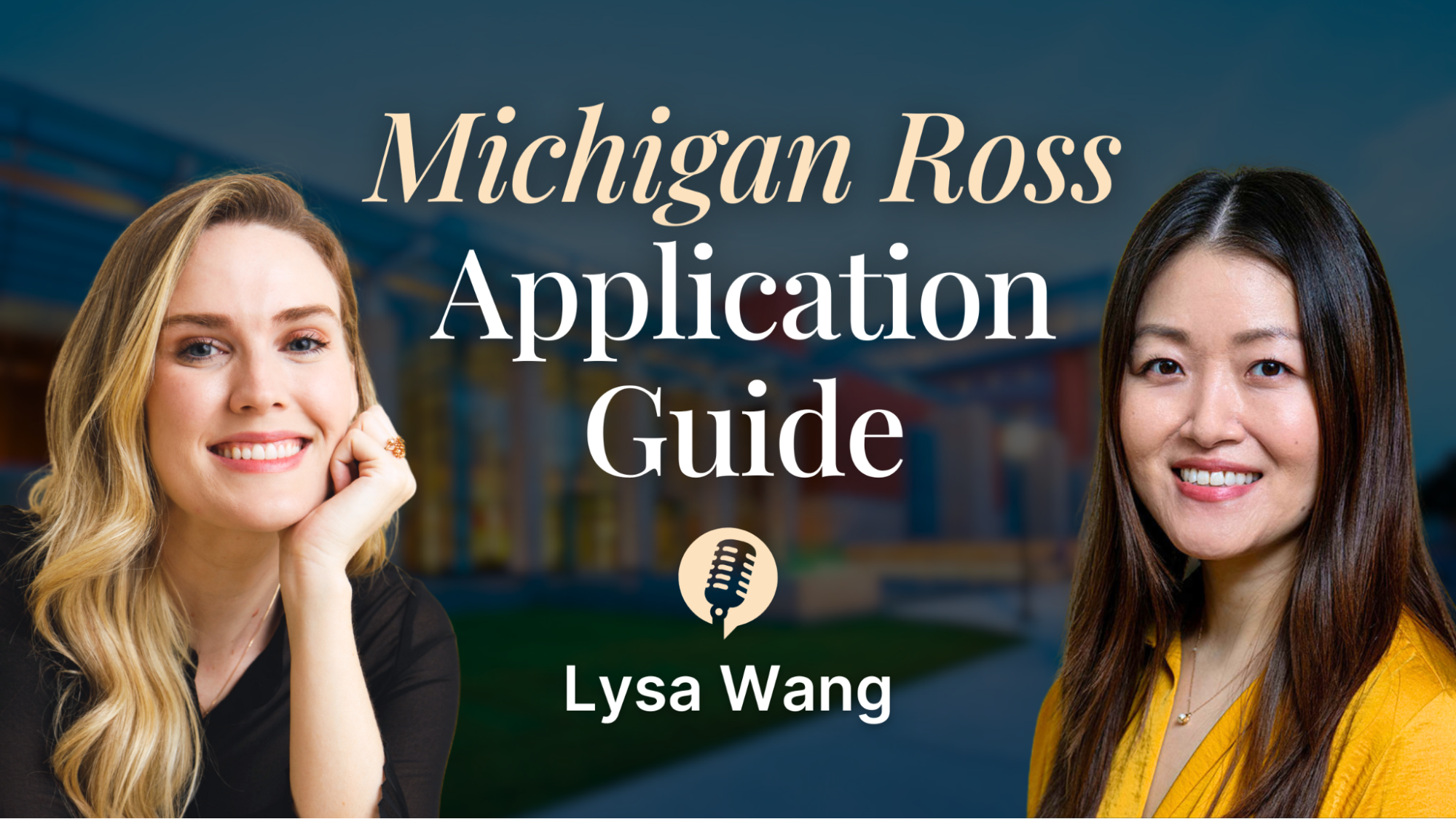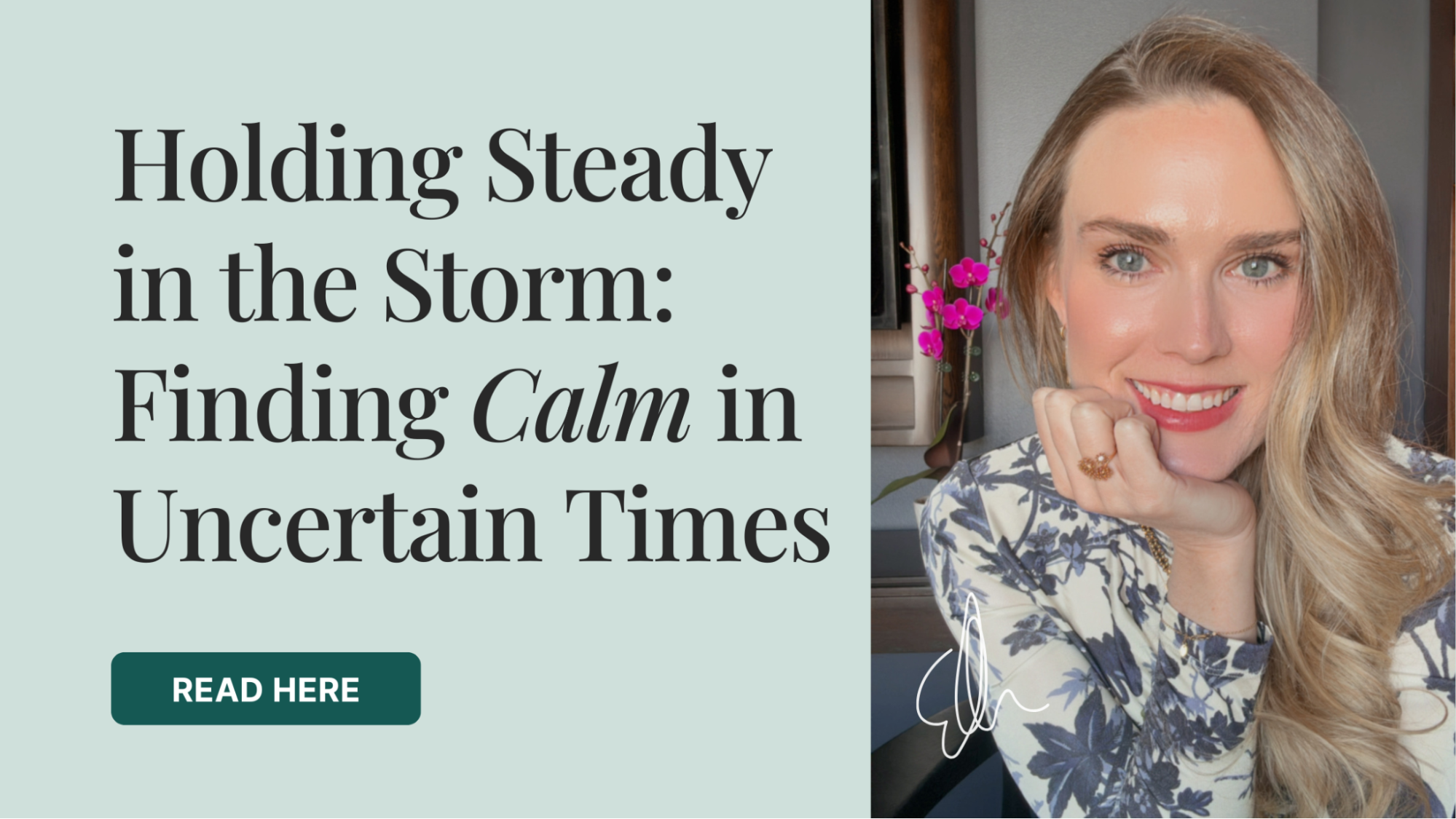UPDATE: This article was originally posted on August 29, 2022. It has been updated with new information and tips below.
Adcoms of top MBA programs read thousands of essays annually; needless to say, they are presented with plenty of stories and examples of candidates who want to prove to them that they stand out.
So, while you are writing your MBA application essays, how can you make your stories stand out while ensuring your impact and strengths are highlighted while doing so in a relatively short amount of space?
One of the best ways to craft an efficient, detailed, and well-organized example is to use the STAR method. By the time you’ve finished reading this blog, you should have a solid understanding of what this successful technique is and how you can use it to market your experiences effectively!
What is the STAR method?
“STAR” is an acronym that stands for situation, task, action(s), result(s). Let’s break down exactly what these terms mean.
Situation
In this part of your story, provide the background and context of your experience. Include all relevant information that sets the stage for the reader.
For instance, if you plan to talk about a time when you saved 100 employees’ jobs using your analytics skills and leadership, start by explaining why these jobs were at risk. Was it due to budget cuts? Why was this significant? Perhaps most of these employees were older and might struggle to find new jobs to support their families.
In essence, this section should address all the “why” questions your reader might have about the scenario you were in.
Task
For the task section, you will build from your situation by describing your own role and responsibilities as a part of this context. You should also include what specific challenges you would have to be facing.

Continuing with our previous example, the task could be written as follows:
“As a senior data analyst, I proactively decided to leverage my technical skills and leadership position to try and save these employees’ jobs by taking a new look at the company’s budget-saving model.”
Notice that this narrows down your story slightly by focusing on how YOU were relevant to the broader situation you first described.
Action(s)
Now, in discussing action(s), it is time to focus on exactly what you did to tackle the issue and complete your task at hand. This should include all the necessary steps you took to achieve the results.
For example, to show how you tackled the previous challenge, you can discuss the efforts you made to compile new data that was not previously included in the company’s model, how you developed a new analysis to highlight non-human budget cuts that coil benefit the company, and what you did to present this effectively to senior management.
This section should illuminate what made you stand out from others who might have been tasked with similar responsibilities — what approaches did you take? What work did you do to ensure success? How did you go above and beyond to solve the problems at hand? These are all questions that can help you choose which actions are most important to highlight — those that make you stand out and show how you achieved your results.
Result(s)
Finally, it is important for you to discuss the impact of your actions. This can include both immediate results and, if possible, broader/long-term results.
For example, you could discuss how you were able to save all 100 employees’ jobs by making previously overlooked unnecessary material costs, and, in the long-term, the company decided to implement a policy of annually updating their cost-saving models as you had highlighted the importance of maintaining the trust of workers.
The main objective of this section is to show why, given your situation and task(s), your particular actions were important. In most cases, your results will prove to the reader how your decisions were meaningful. Additionally, discussing results will provide a sense of conclusion to your story.
Note: for some essays, you may need to demonstrate failure or weakness. In these cases, it is perfectly acceptable to report either failed results or no results at all. However, it is extremely important that you discuss why these results happened and what you learned!
Of course, telling your stories in an effective way can be tricky. If you are looking for help to determine if your essays are structured in a way that stands out to the adcom, don’t hesitate to check out our MBA Resource Center!
There, you can find dozens of past successful essays and detailed brainstorming worksheets to help you plan out a winning essay.
Our library also includes guides for all top global MBA programs, interview tips and mocks, CV templates, and recommendation letter guides. Click to join!
How can you use STAR effectively?
Now that you know what STAR stands for, let’s focus on how to use this framework effectively to ensure your story is highlighting your most important ideas in a clear and interesting way!
Explain how you achieved your results, don’t just name actions
A common error we see from clients when discussing their actions is being either too vague or merely listing what they did without explaining the process.
Instead, consider your outcomes and all the steps that led to them. When describing your actions, clarify the reasoning behind them whenever possible.
Although you might want to detail every action and process, you’re likely constrained by word limits. Even if there is no limit, it’s wise to stay concise. Focus on the most significant and relevant actions that directly contributed to your results!
Focus on YOU!
The STAR method should make it very easy for your reader not only to understand what took place but to also see your role in all of it. Therefore, it’s very important that the focus of your story is you and not your team or company.
Even if it was a team effort, highlight your own actions within the team. You can discuss how you collaborated with others or discuss how you contributed to bigger results, but the emphasis should be on your own part of the story.
Highlight uniqueness

This brings us to the next important aspect of using STAR. While this gives you a framework to organize your story, you must still ensure you are telling the most impactful and interesting aspects of it.
It’s crucial to highlight the most significant elements of your example while also showcasing your unique contributions. To do this effectively, reflect on the actions you took that set you apart from others. Did you approach the situation creatively, show exceptional consideration for others or long-term outcomes, or go above and beyond expectations? Make sure to include specific actions that address these points.
When discussing your results, be sure to also explain how these specific actions contributed to the results. This will really emphasize the impact of your uniqueness!
Highlight change
For examples of successful results, most candidates will illustrate what this success looked like (for example, increased revenue or a closed deal). While this is certainly a good way of discussing results, you can go even further if you can also show that you created some kind of positive change.
Not only will this really prove the value of your uniqueness, but it will also show that you are able to exceed expectations and drive progress. For example, some of our clients have discussed how they improved methodologies, built trust amongst their team members despite a previous history of lacking collaboration, or introduced environmentally friendly production processes.
Include lessons learned
We often work with clients who use the STAR method effectively but end the paragraph simply with numerical results.
What we must remind them is that it is critical to discuss what you learned from your example. If you are describing an example in which you succeeded, you should be discussing what strengths or approaches were most important to your success. Discussing lessons learned shows the reader that you are able to make the most of your experiences and that you take that information forward with you to improve.
If you are discussing a failure, this aspect is even more important, as you must demonstrate to the reader that you have been able to grow from your mistakes. In this case, show what you realized that you did wrong and how you plan to do things differently in the future.
Feeling Overwhelmed with the MBA Application Process?
Navigating the complexities of MBA applications can leave you feeling overwhelmed, especially when each program requires unique essays, resumes, and recommendation letters. Without a clear plan, it’s easy to fall into the trap of submitting a generic application that gets you dinged.
That’s where we come in. With a 98.9% success rate, our team of expert MBA consultants at Ellin Lolis Consulting has a proven track record of transforming applications into success stories. Through our personalized consultation process, we dive deep into your profile, helping you tell your story in a way that resonates with admissions committees and gets you into top business schools. From interview preparation to essay edits, we’re here to guide you through every step of the process.
If you’re ready to stand out in the admissions pool, learn more about working with us today. Let’s make your MBA dreams a reality!
Real MBA Essays That Got People In
School-specific sample essays that got our clients accepted







